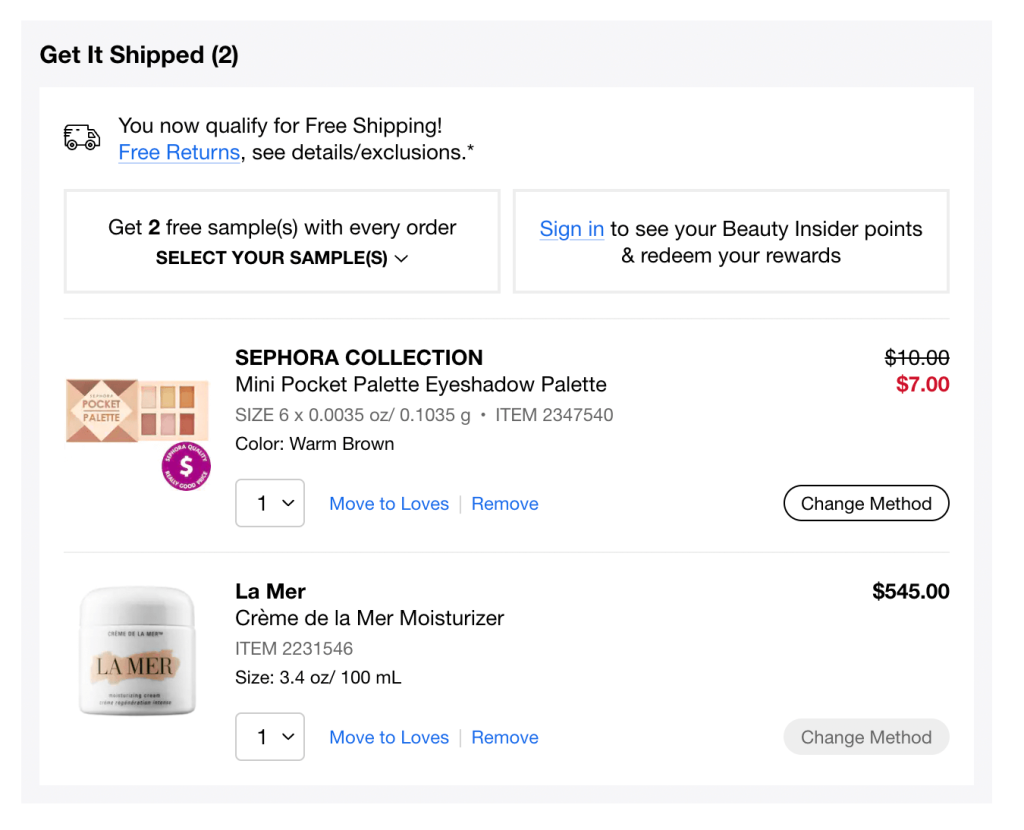
If visitors ask you to lower your prices, it can be a frustrating experience. As a business owner, you want to make your customers happy without negatively impacting your profit margins. During these negotiations, you might not know whether to offer a customer discount or stick to your current price.
There are a few circumstances when it can be beneficial to offer discounts to your shoppers. Since coupons can increase your number of long-term customers, you might consider creating discounts for first-time orders or during a holiday season.
In this post, we’ll discuss the benefits of offering customer discounts. Then, we’ll show you some prime times to create coupons. Let’s get started!
The Benefits Of Offering A Customer Discount
Many customers try to find the most cost-effective option for their needs. In fact, 88 percent of shoppers in the United States regularly use coupons. By providing discounts to your visitors, you can make your customers happy and stand out from the competition.
Discounts can be an effective way to encourage visitors to make a purchase. If potential customers think that your products are expensive, they might not buy them right away. However, giving them a coupon can motivate customers to complete their orders.
Offering a customer discount can also inform users that you’re trustworthy. When a customer knows that they can save money with your services, they are more likely to make a repeat purchase.
When You Might Consider Creating A Customer Discount
Although discounts can be beneficial for your business, it can be difficult to know when to create them. Let’s discuss the best circumstances for offering a customer discount:
1. After a minimum order value
One effective coupon strategy is to automatically apply a discount after a customer’s cart reaches a certain threshold. For example, you might include free shipping for orders over $50. This can be a great way to increase your online store’s Average Order Value (AOV), or average customer spend.
By setting a coupon based on a cart’s subtotal, you can encourage shoppers to add more items to their carts. Visitors might spend more if they know they can earn a free gift, fixed discount, or free shipping:
Plus, basing your discount on a customer’s average order value can help you grow your business. Your AOV is one of the most important e-commerce growth multipliers, which means that the more you can increase your average order value, the more you can scale your profits and revenue.
2. When a customer makes repeat purchases
If you have a customer who consistently supports your business, you might consider offering them a discount out of appreciation. Especially when you know a loyal customer might make significant purchases in the future, it can be valuable to give them a reward.
This strategy usually involves creating a loyalty program for long-term customers. When you develop a tiered loyalty system, your most dedicated shoppers will receive more perks.
For example, e.l.f. is a beauty brand that offers different rewards based on a customer’s level. The average customer can get a birthday gift and exclusive collections. However, the most dedicated shoppers can receive personalized recommendations and new products before they launch:
Developing a consistent clientele can be the key to running a successful business.
By rewarding your regular customers, you can build a relationship with them and ensure that they continue to benefit from your business.
3. First-time orders
If you’re having trouble encouraging new visitors to make a purchase, you can give them a discount on their first order. Online businesses frequently advertise this offer in a welcome pop-up, which is shown to new customers:

Although a first-order discount decreases your initial profit, it can establish trust between you and your customers. After a visitor gets a discount, they might come back to make a second order.
By offering a first-order coupon, you can attract new customers. However, this discount strategy can also be an effective way to prevent abandoned carts and build a base of loyal clients.
4. During a holiday or season
Lastly, you might consider creating discounts during special times of the year. Often, seasonal promotions can bring in more traffic and sales, so it’s important to think about upcoming marketing opportunities.
For example, you could offer a spring sale to advertise clothing for warmer weather:
Along with seasonal promotions, you could also offer discounts for holidays. It’s best to evaluate your products and see which holidays might be profitable. Then, you can offer coupons for your holiday-related products or gift sets:
Providing holiday or seasonal discounts can be an effective way to reach new customers and encourage first-time purchases. Since these offers are time-sensitive, they can tempt visitors to buy now.
Conclusion
You can’t always lower your prices, but there are specific instances when this can be beneficial. By offering the right discount at the right time, you can increase your revenue while improving customer loyalty.
Here are some situations when you might create a customer discount:
- After a minimum order value
- When a customer makes repeat purchases
- First-time orders
- During a holiday or season
In addition, our Advanced Coupons plugin was designed exclusively for WooCommerce store owners to offer these kinds of discounts and promotions. Check it out to explore your options!
Do you have any questions about this article? Let us know in the comments section below!







